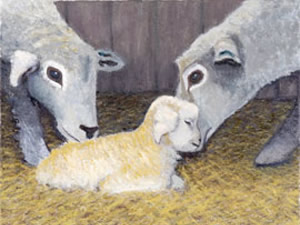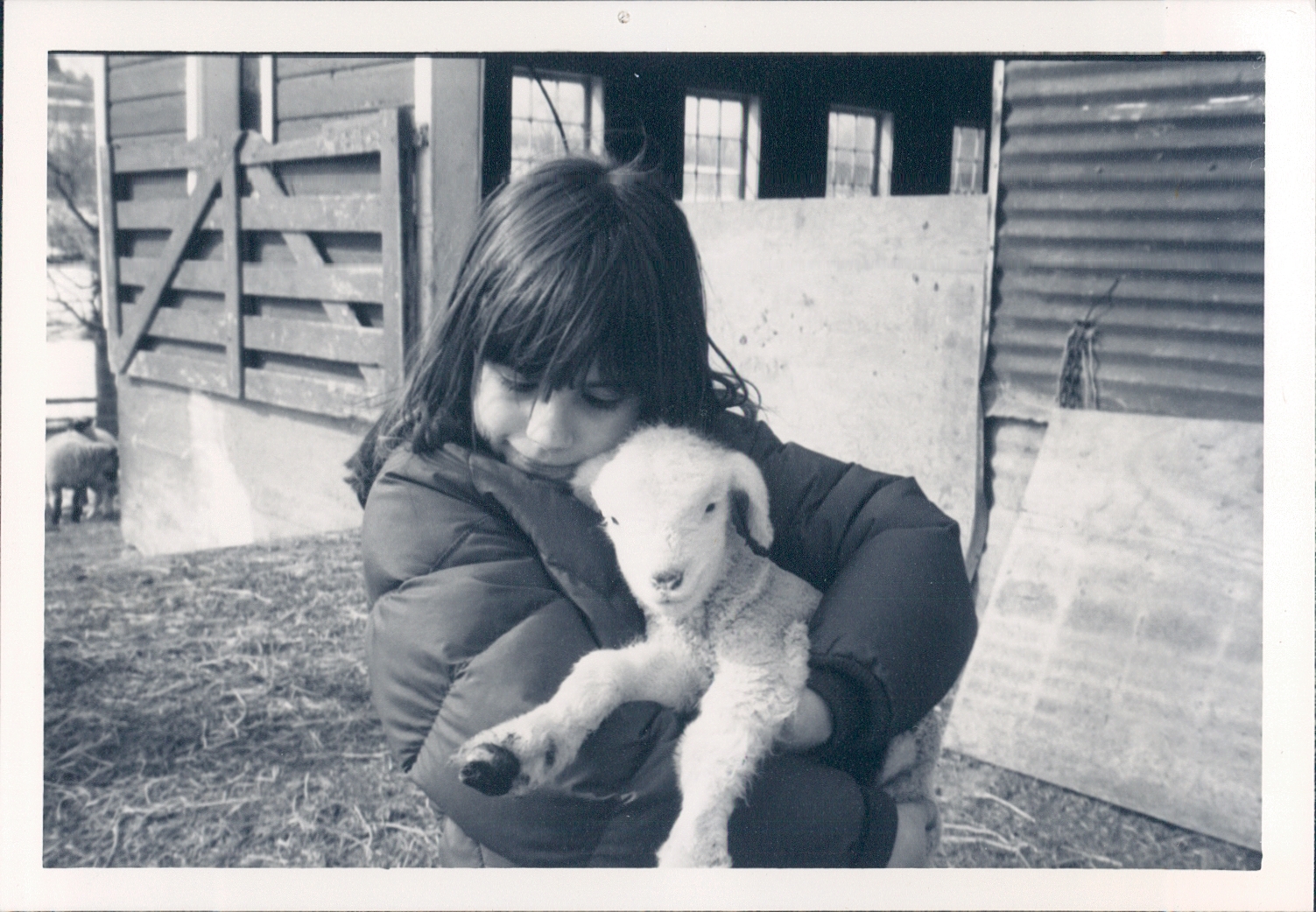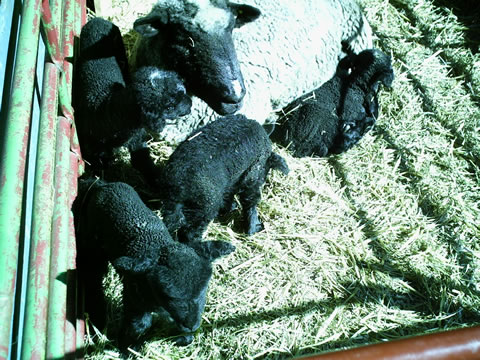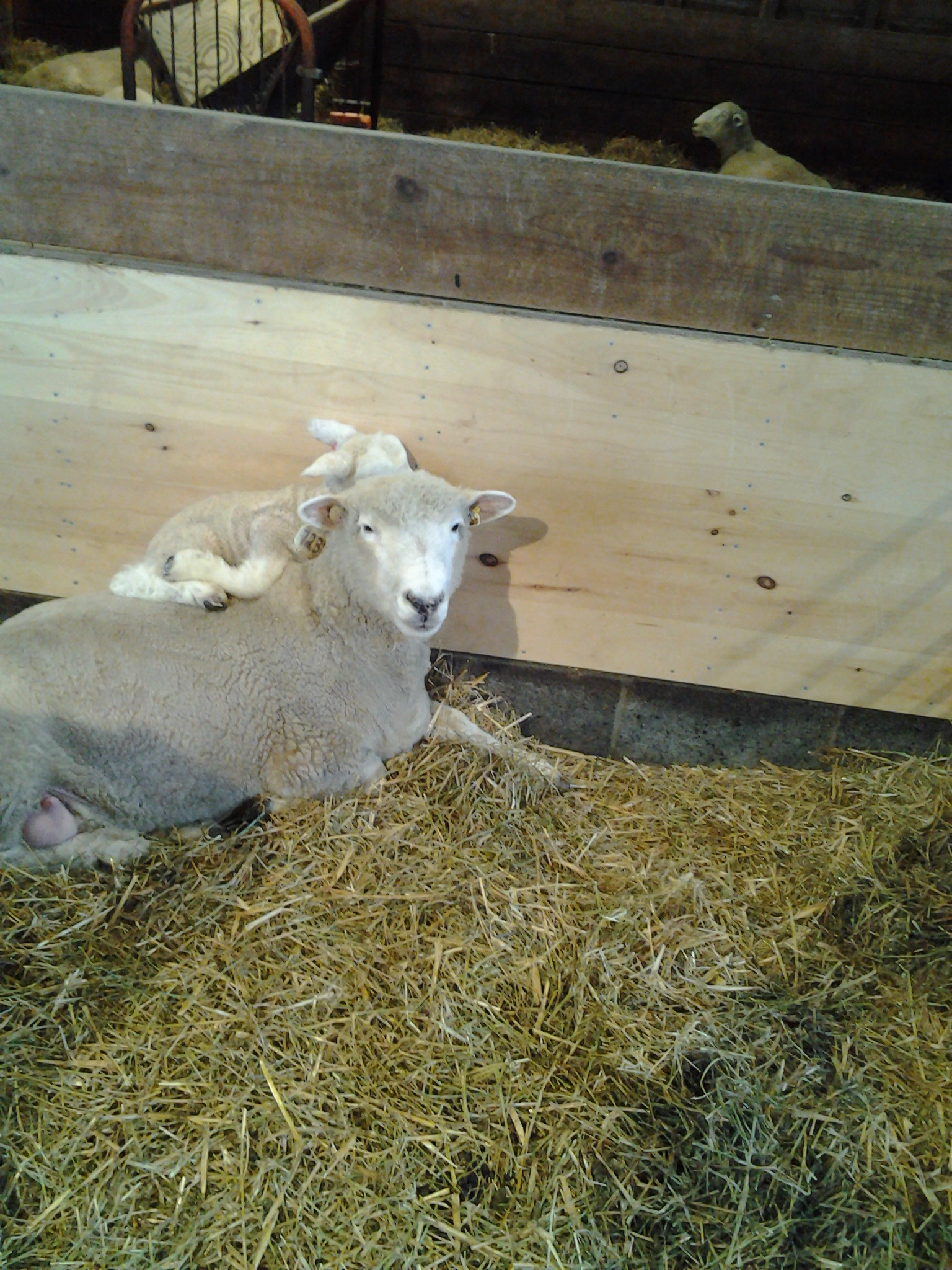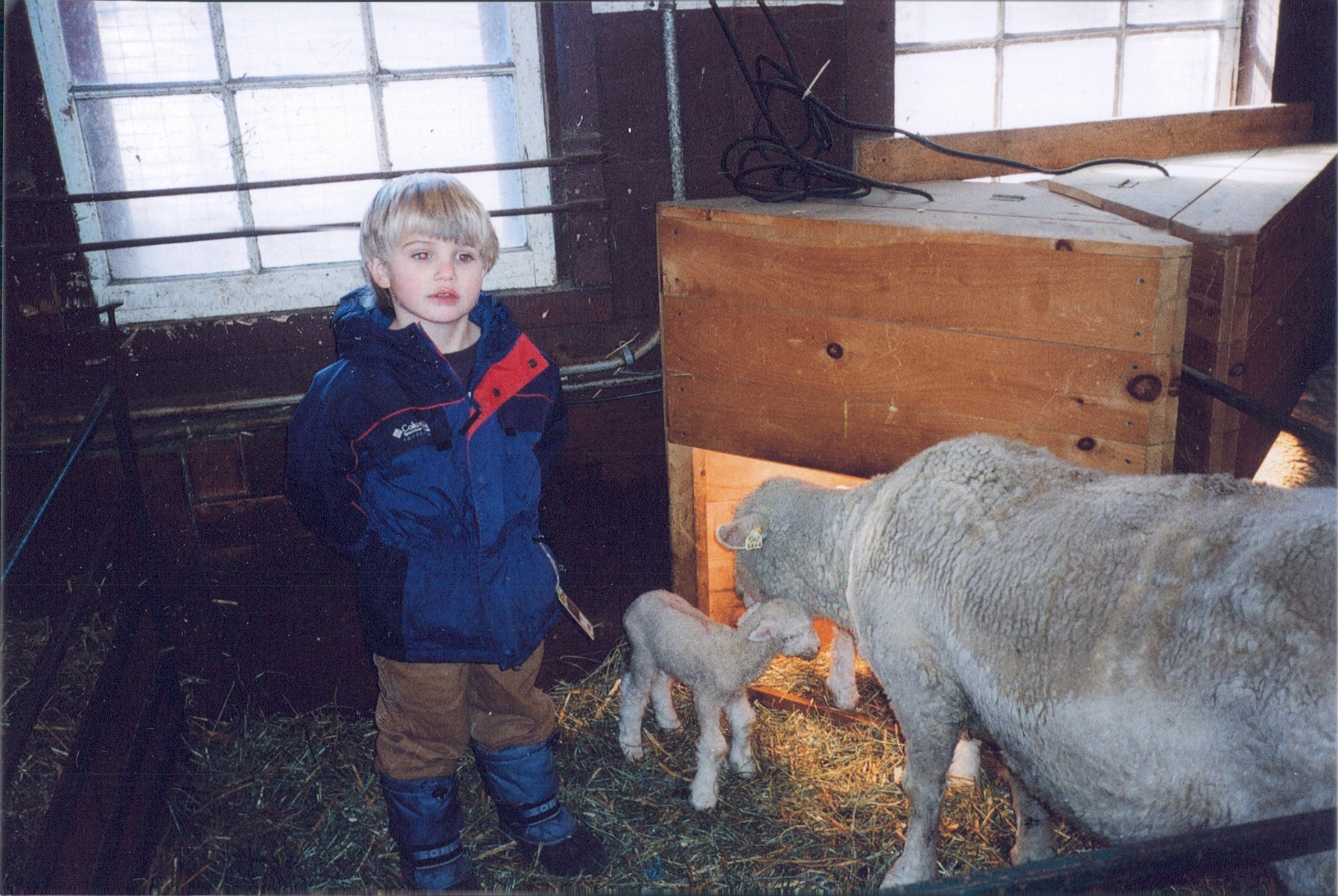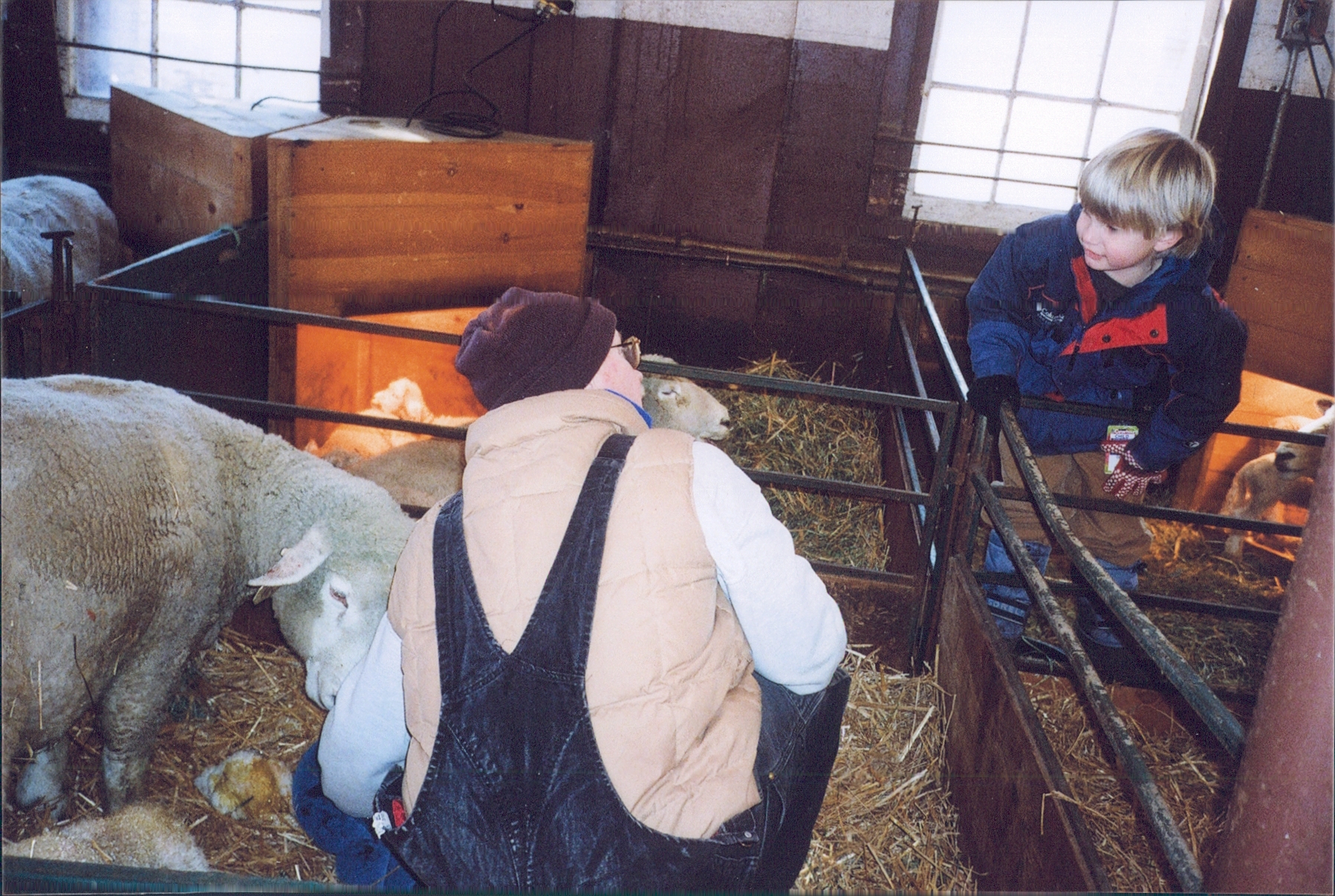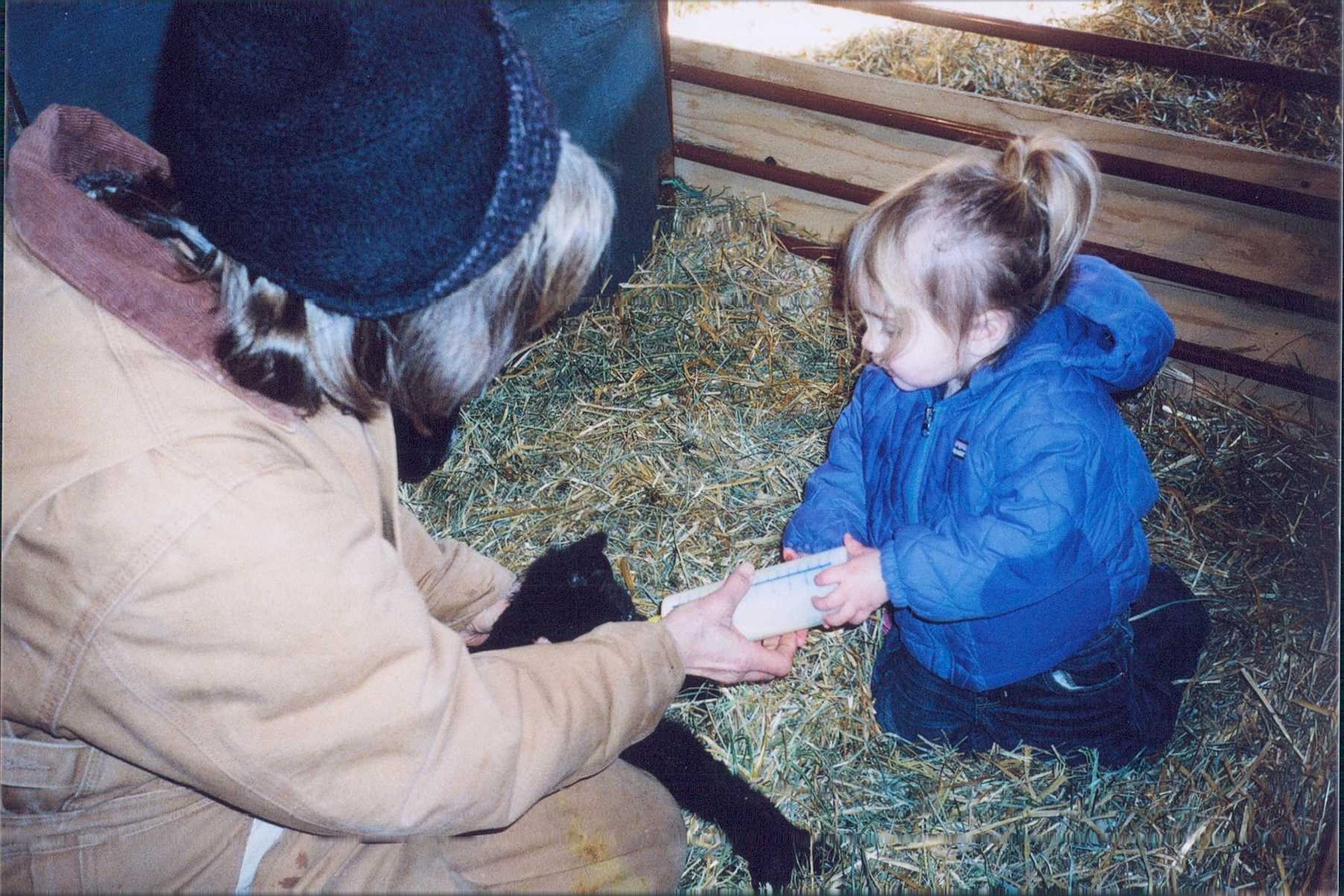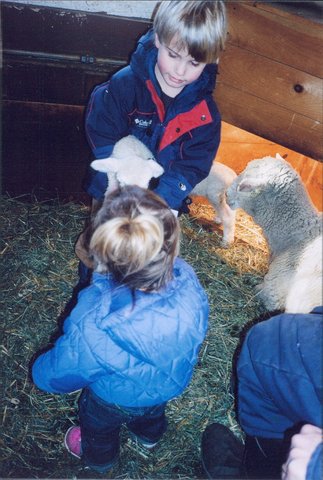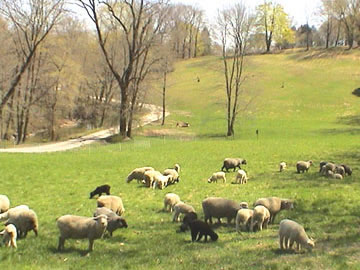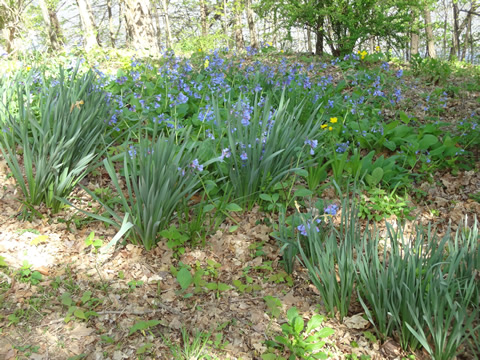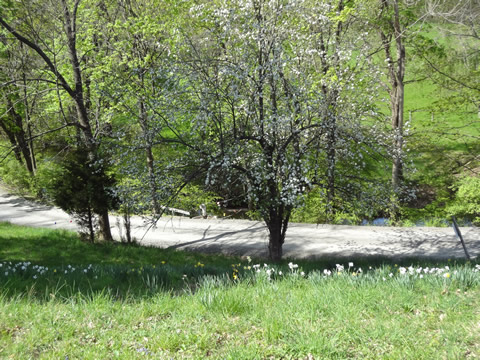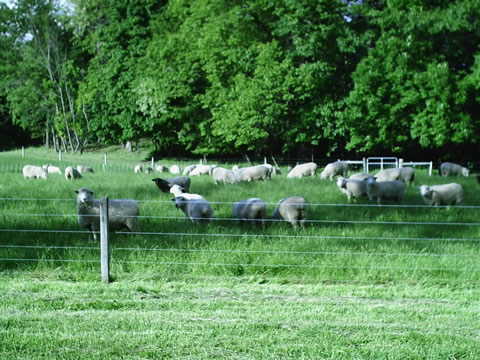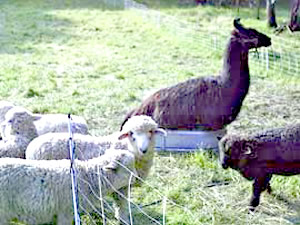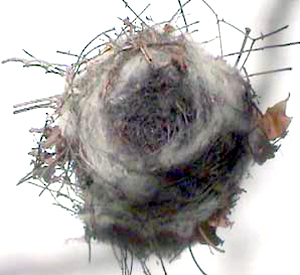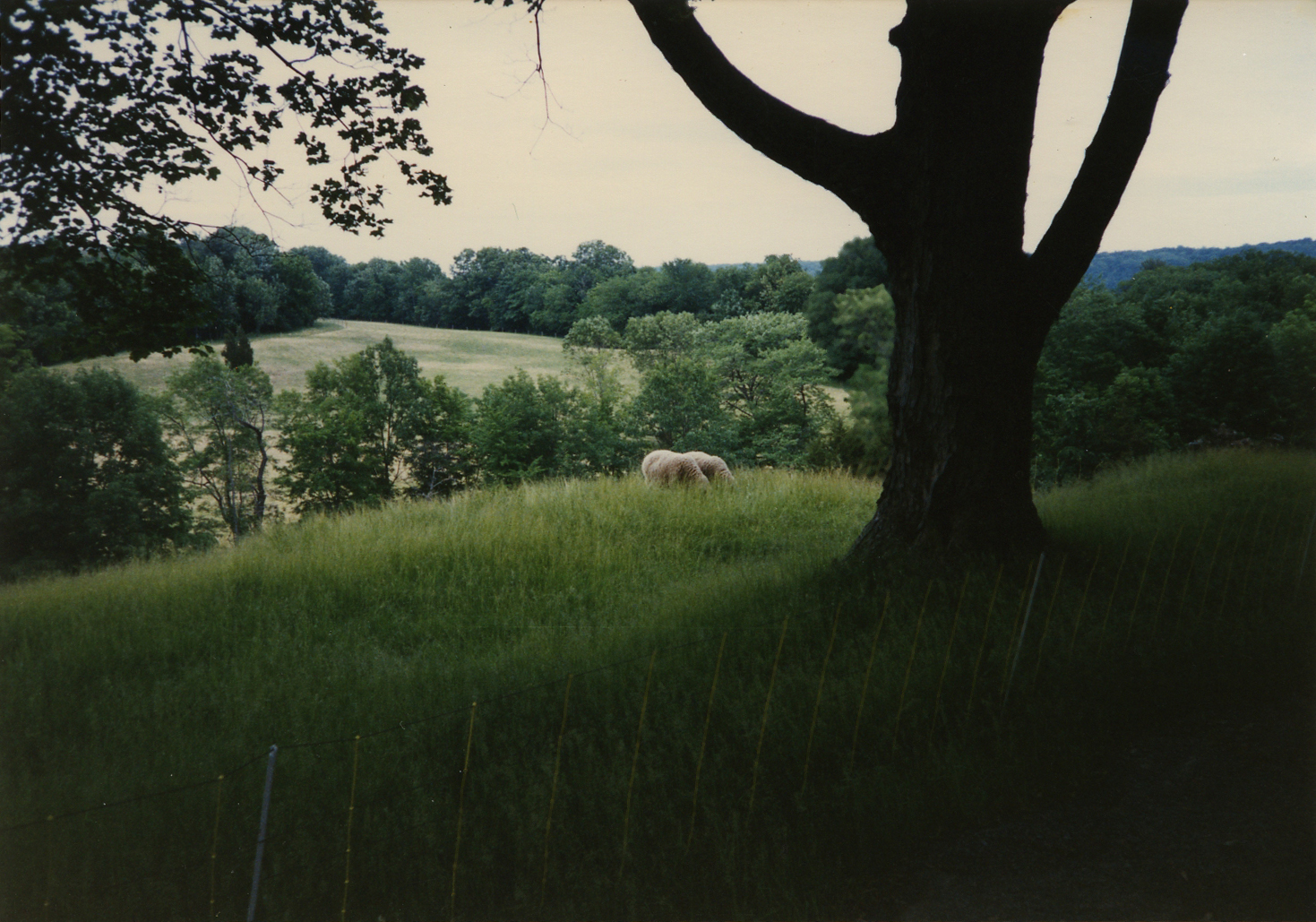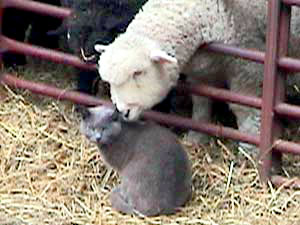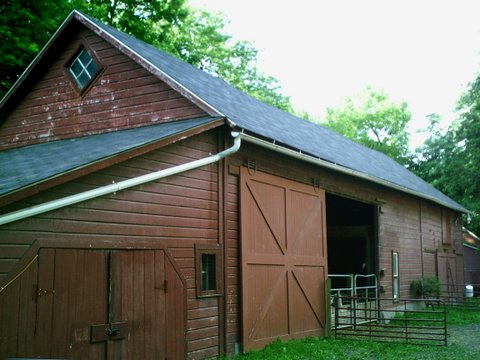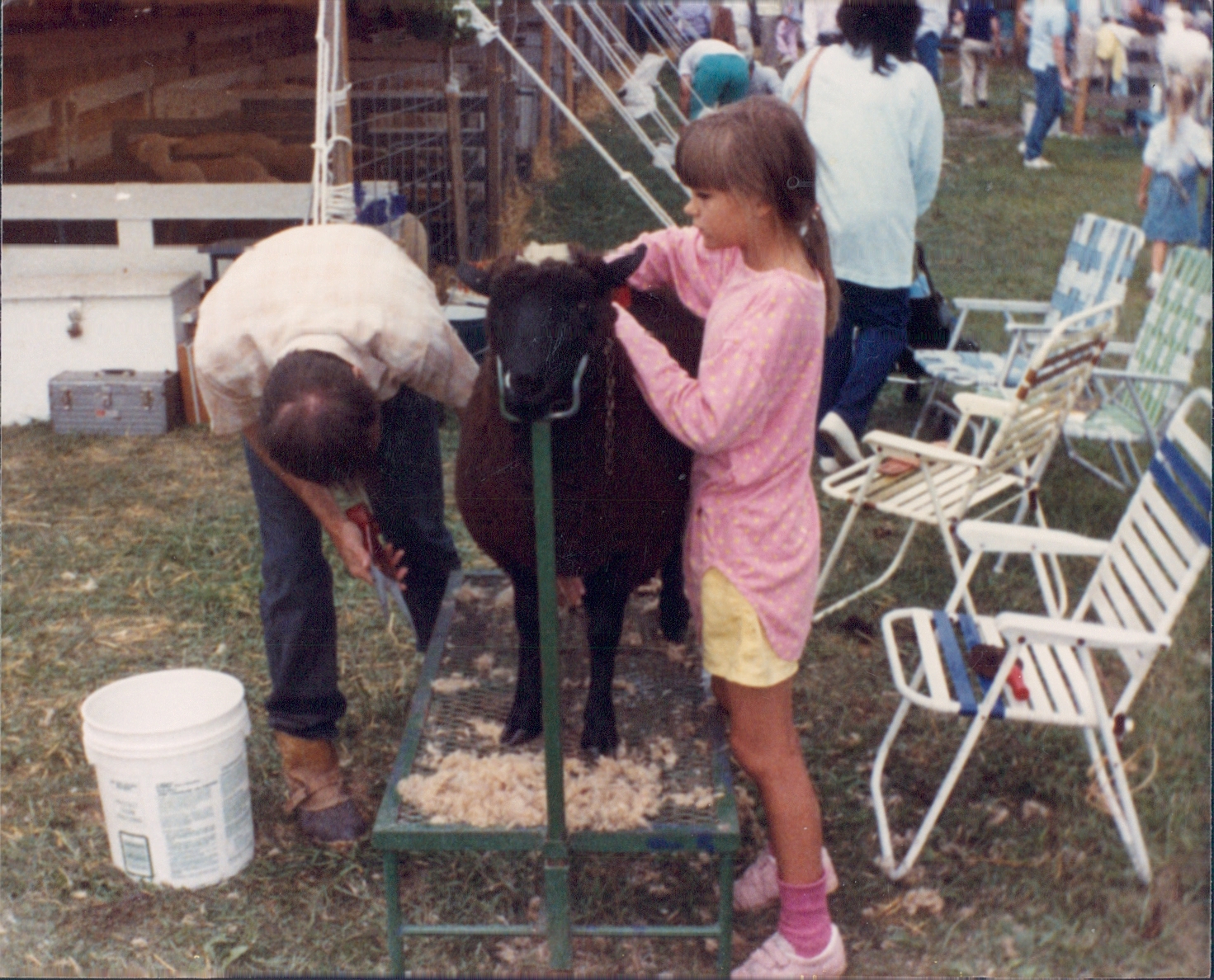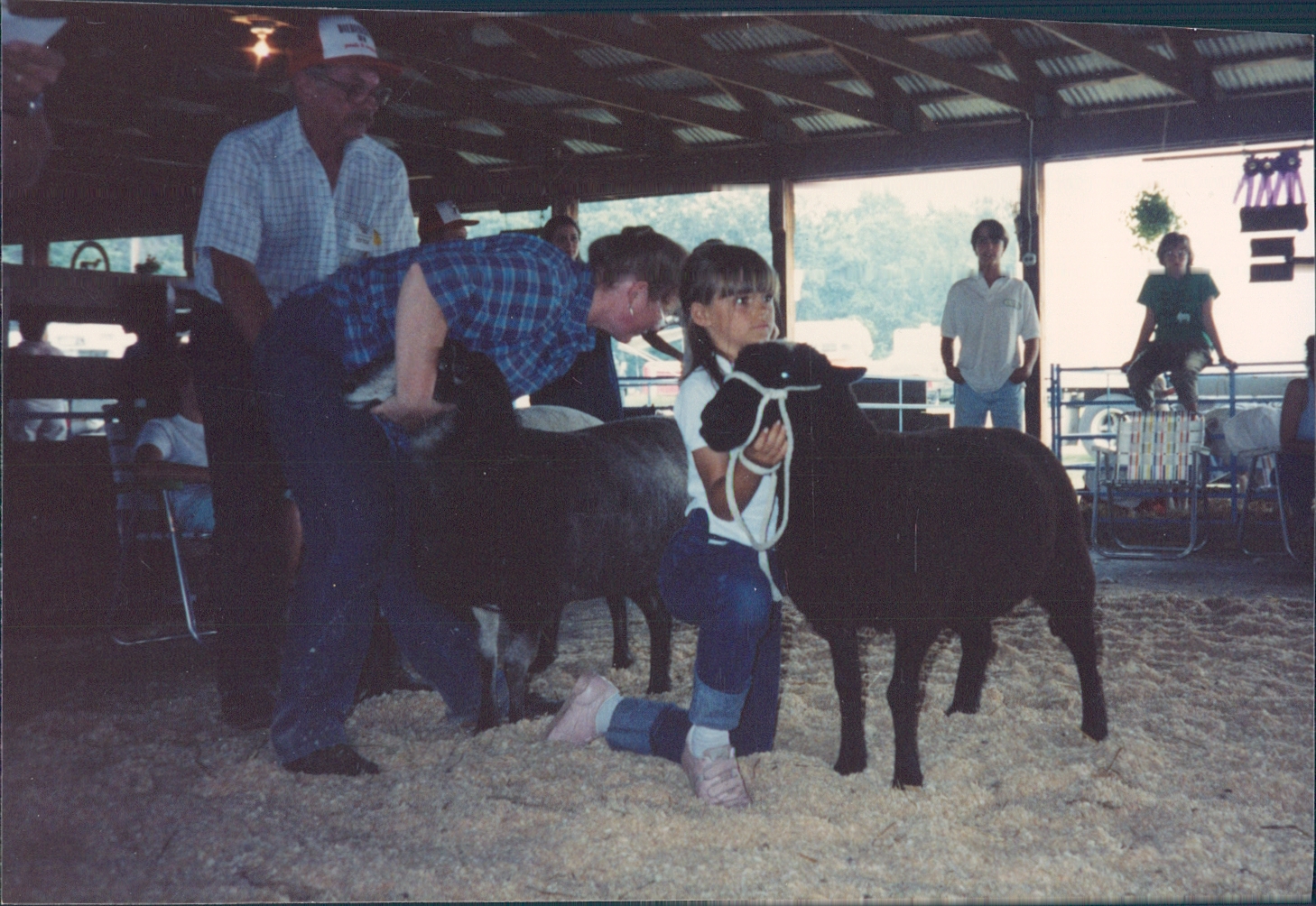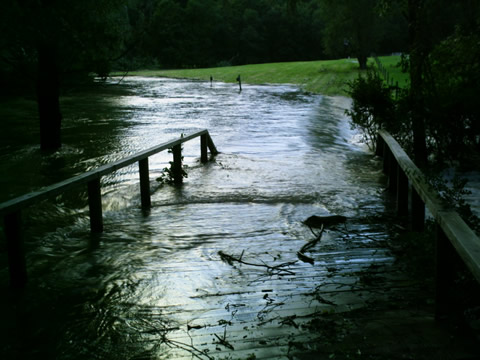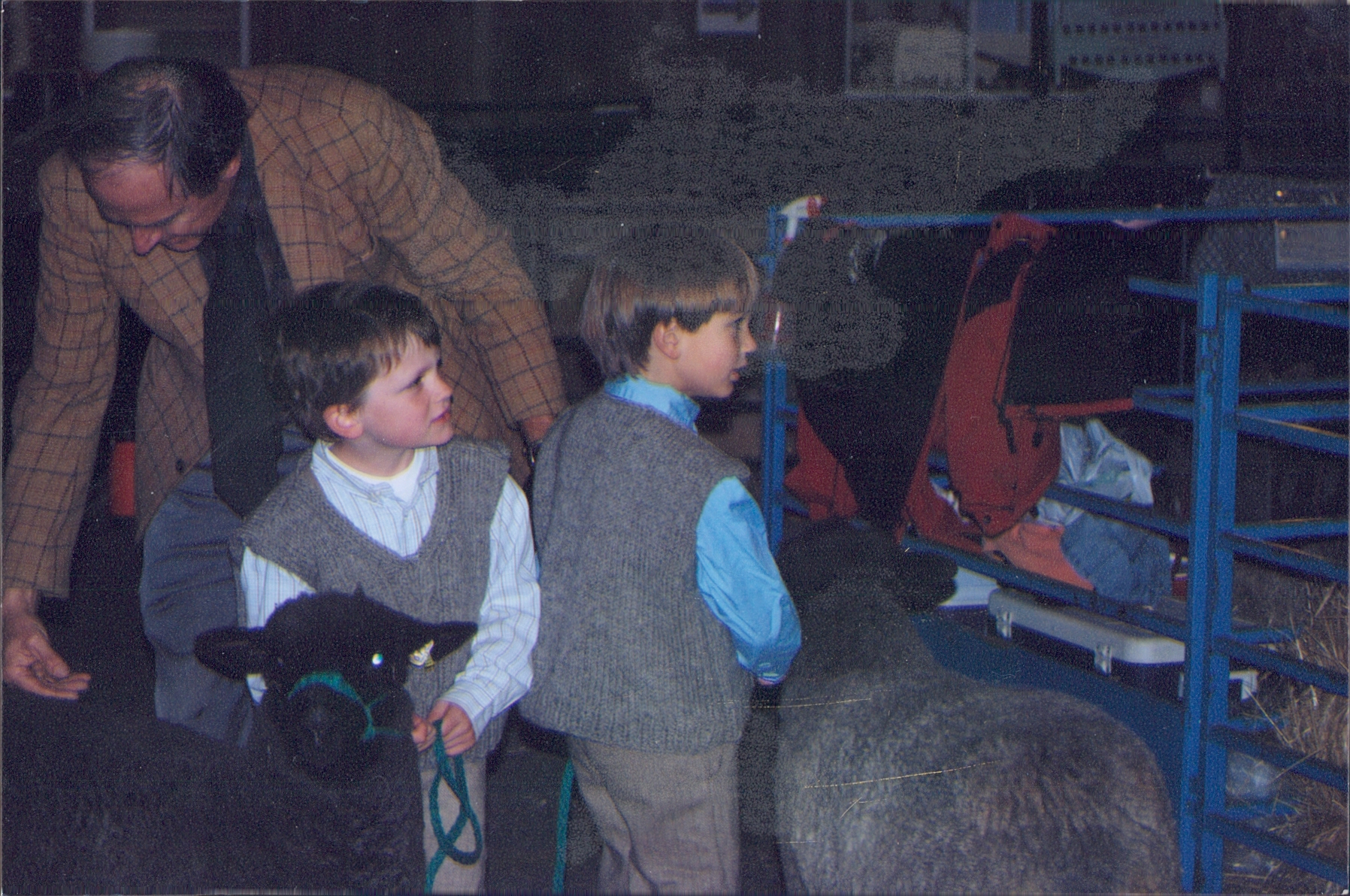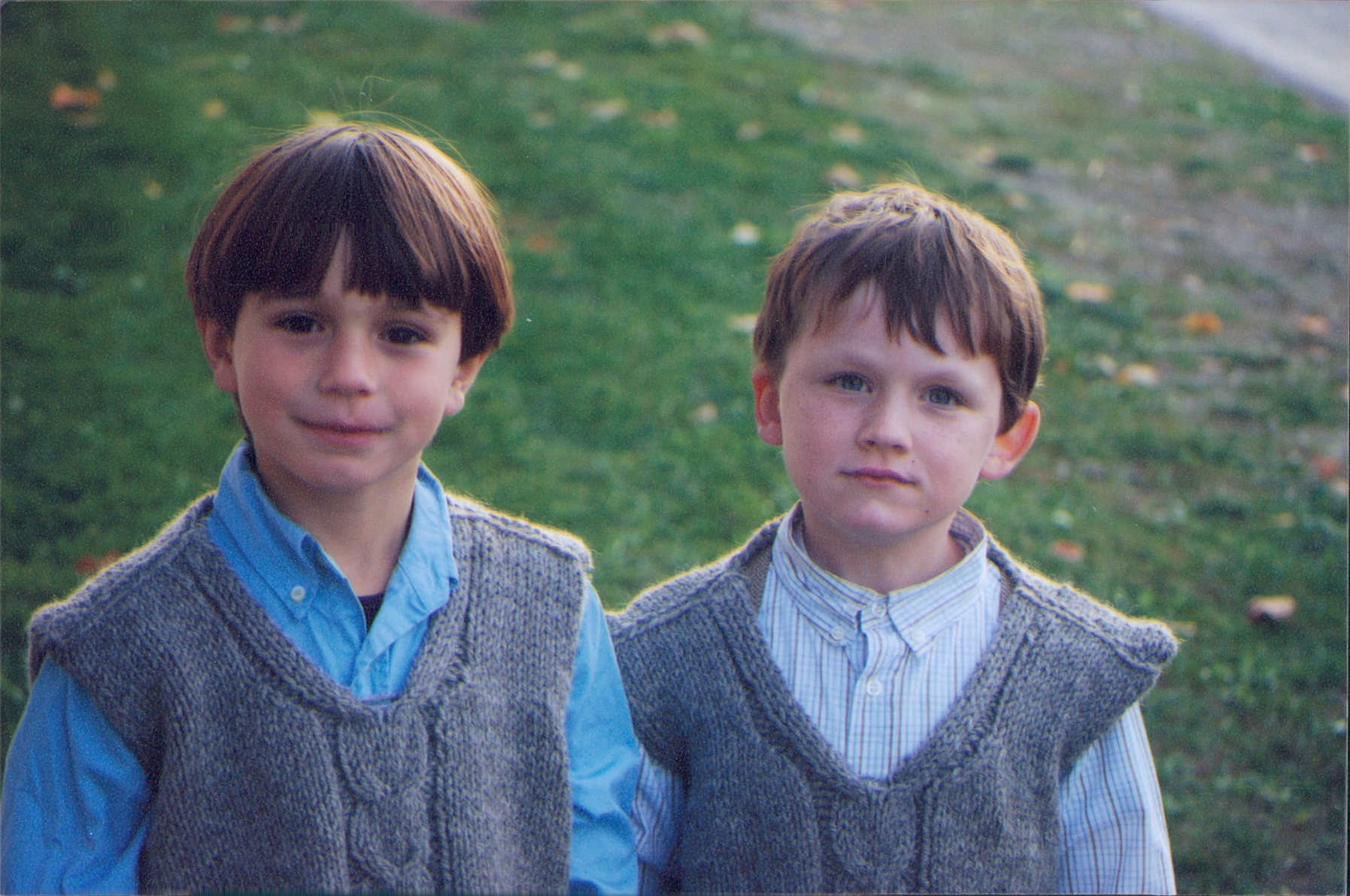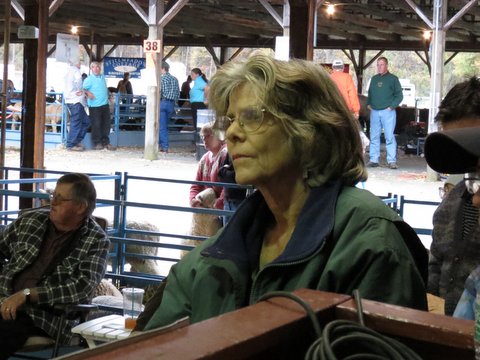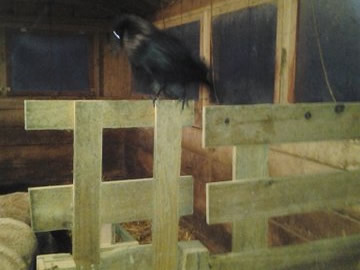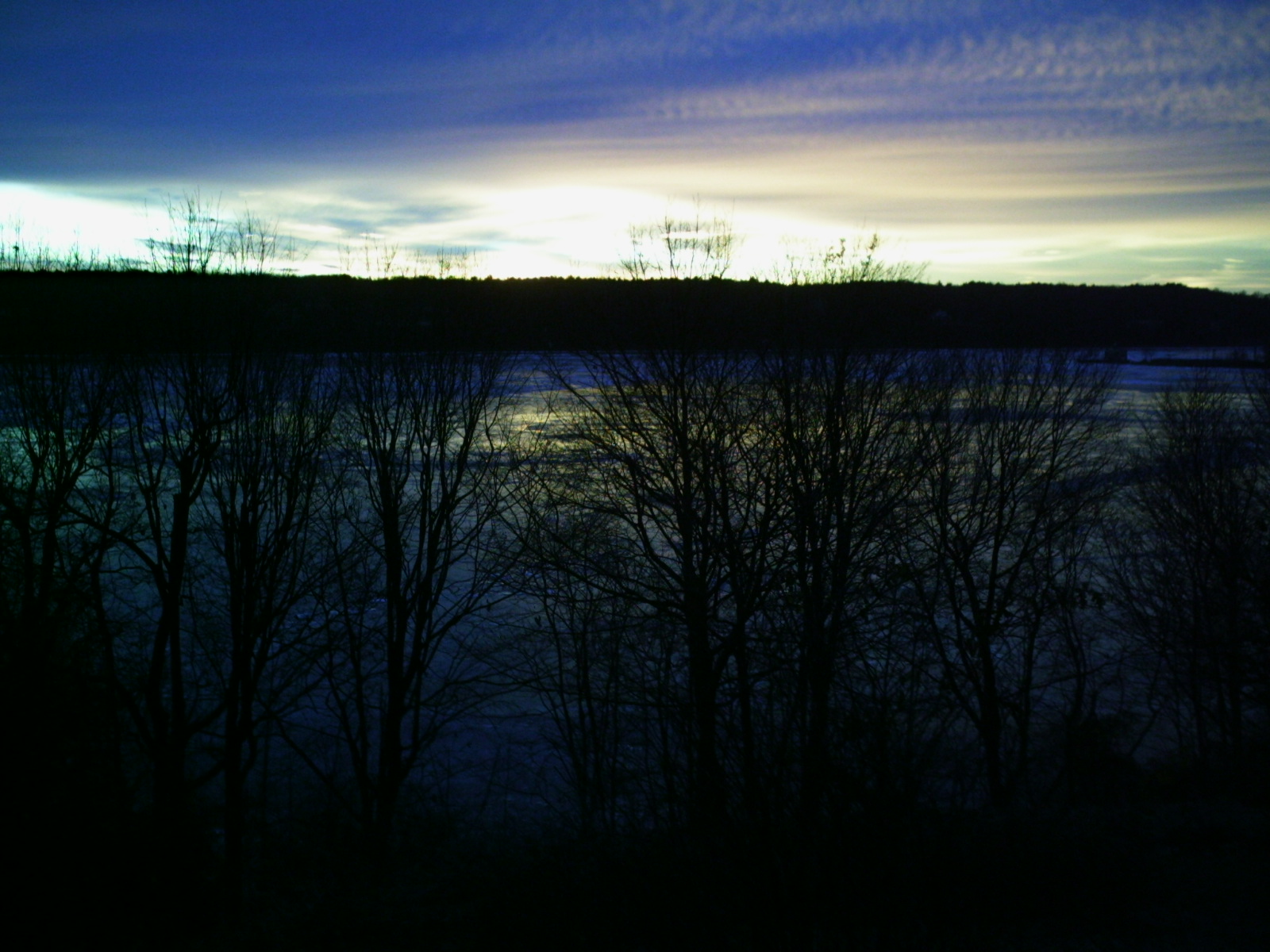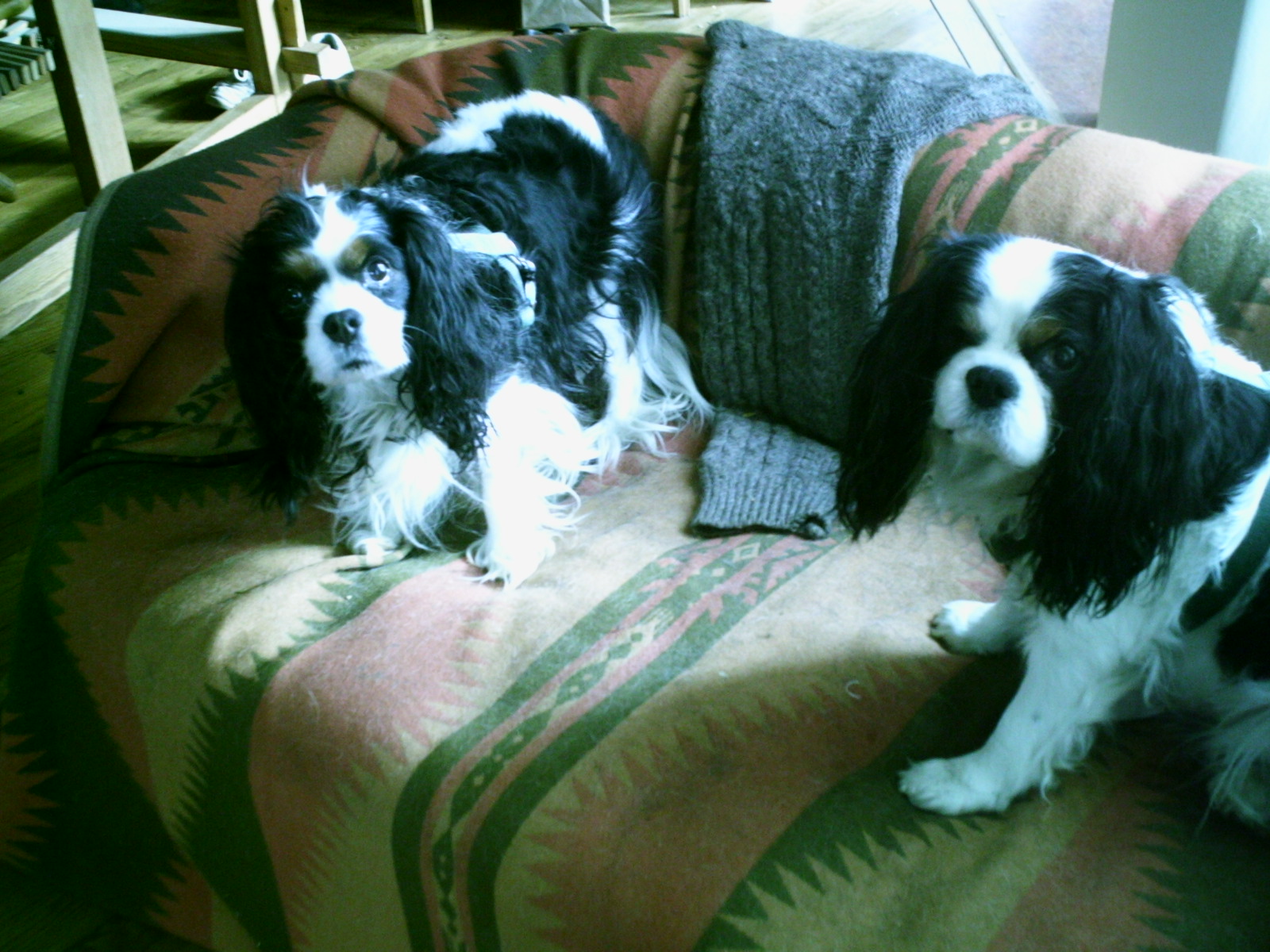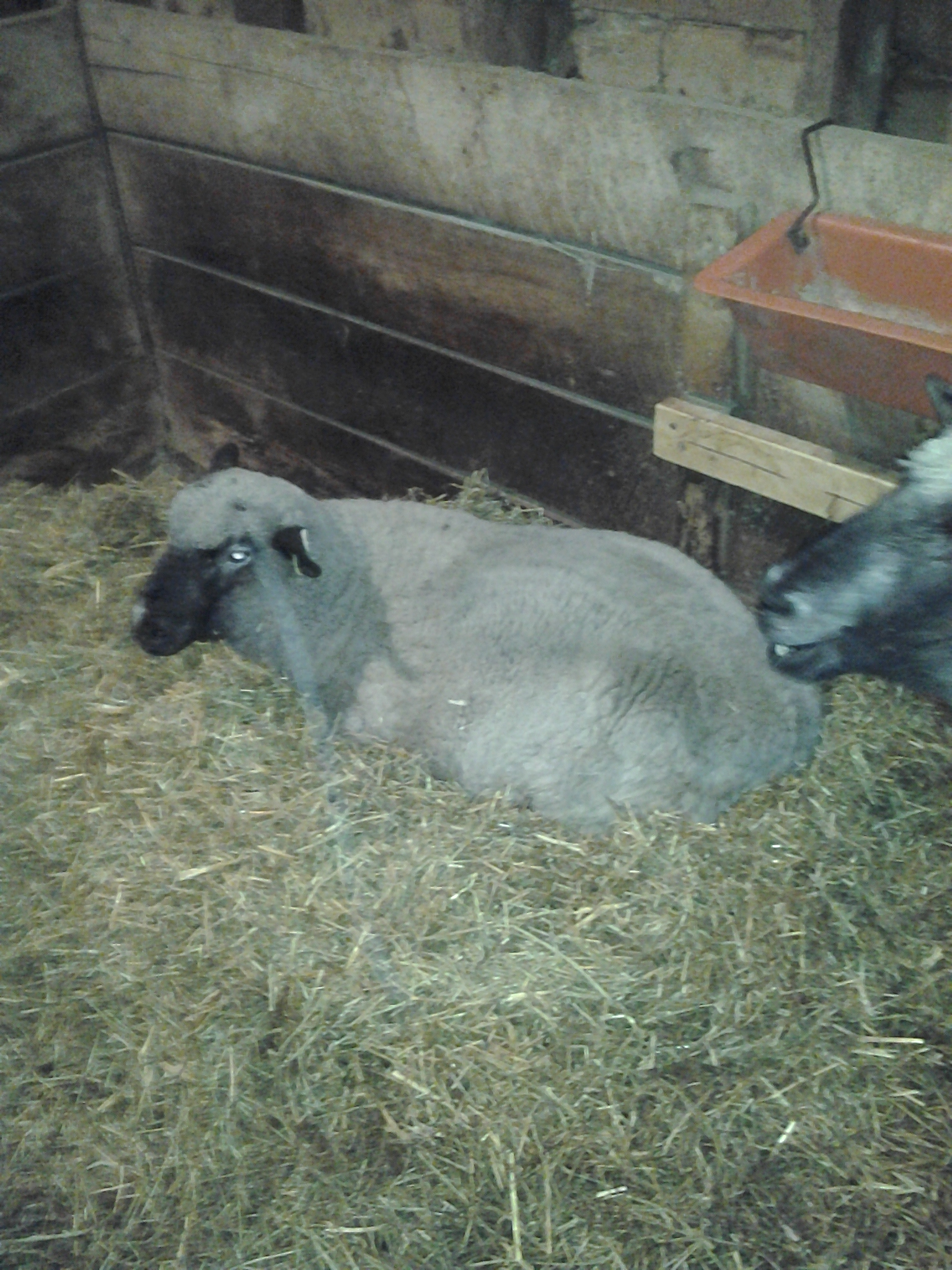Our Farm
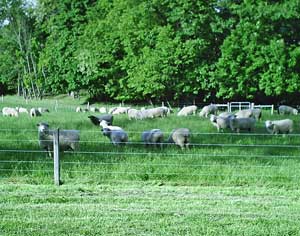
History
Lizbeth and Stephen Shafer got our first sheep in 1980 with the support and encouragement of Lizbeth’s family, who farmed in Dutchess County NY. Our first ewes, not purebred, had been the subjects of the shearing demo at the NYS Sheep and Wool Festival. At Wethersfield, the farm in Amenia NY founded in the 1930s by Lizbeth’s father, we began a very small Romney flock in 1981. The first three ewes came from Brenda Bothe (NJ) ; the first ramm from Peter and Patty Drape (NY). With the very material assistance of our friends the Blundells and of the Wethersfield Farm team we built up the Wethersfield Romney flock along with a fair-sized commercial-sheep operation.
In 1992 we moved to a 250-year-old farm in Saugerties, NY and changed the flock name to Anchorage, that having been the name of the new place since the 1890s. The move and the re-establishment could not have been done without the expert inputs of Randy Reuter, manager 1989-2000. Ian Stewart lent a strong hand 2002-2003. In 2004 we were privileged to have Graeme Stewart come as manager. Not only is Graeme indispensable to Anchorage, but he also has many roles in the Dutchess County Sheep and and Wool Growers Association (of which –no surprise–Lizbeth’s brother in law Roy had been one of the original organizers). He was named Shepherd of the Year by the Association three years ago. Graeme also judges sheep shows in MA, NJ, NY, PA, VT and OH, to name a few states.
Our farm was cleared before 1763 by settlers of Dutch descent. In the 19th C. it was known as “The Brink Place” for Capt John Brink, who fought at Yorktown and whose son Andrew piloted the North River Steamboat (later called Clermont) on its maiden voyage to Albany in 1809. On moving in we found a lot of old horse-drawn farm equipment from the early 20th C. and before. The barns had no electricity and no water except a seasonal spring. The slideshow takes viewers through four seasons at Anchorage Farm.
Future Directions
We have, and are are glad to have, Romneys who get their pigment pattern from the dominant allele at the extension locus (what Maggie Howard calls “Ed”). Nevertheless, we set out several years ago on the road to to breeding some “recessively” natural-colored Romneys, learning from the experience of breeders like Maggie Howard, Dee Heinrich and Del Pike. The first step was to use natural-colored x white crosses to shake out the color allele dominant at extension; second step was to uncover color alleles at the agouti locus, known in shorthand as “recessive color.” Our ram from Tawanda Farms, Montagu CA, has been the keystone in this starting this multi-year sequence. We thank Maggie and Carol for making him available to us. As we have now used ” X-man” for three years we need to shift him to someone else. See the For Sale page. We lost a year through using a great natural-colored ram who we now realize was “double dominant.” 70 of 72 lambs by him out of white ewes over two seasons were natural-colored, instead of the expected half. Go figure. Our first home-born recessive n/c ewe was born in 2012. Stand by.
We run about 20 acres of pasture, mostly rolling with some steeper hillsides. We use rotational grazing, fertilize the more level swards with barn manure. We don’t employ chemical herbicides. We use chemical wormers regularly as appropriate to age and breeding cycle. Lambs get lasalocid in their feed to one year of age for control of “coccidiosis” . Other antimicrobials by mouth or injection are given as needed for treatment of symptoms or prophylaxis against threats like neonatal pneumonia. Fish oil as a foliar spray is our current sod-enhancer of choice.
